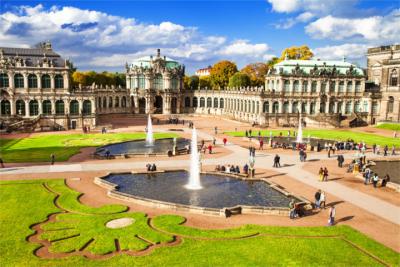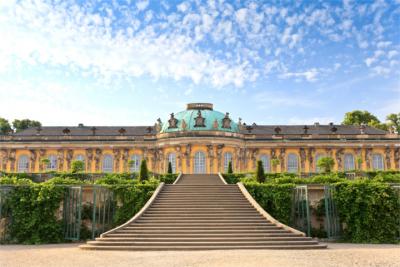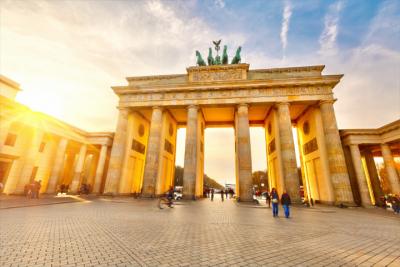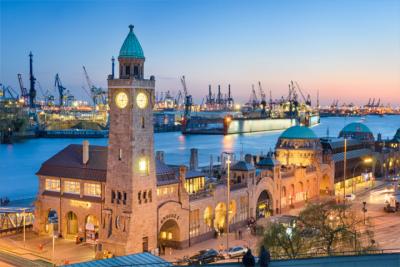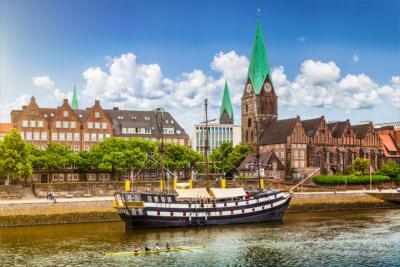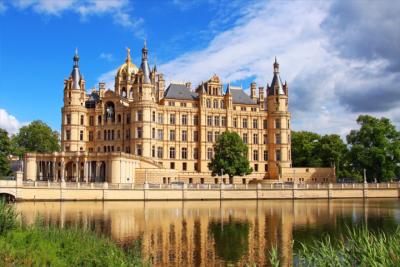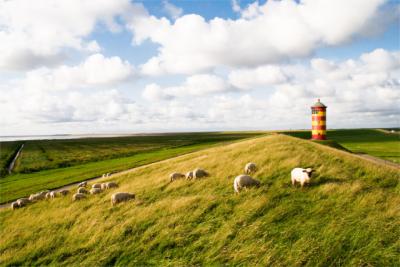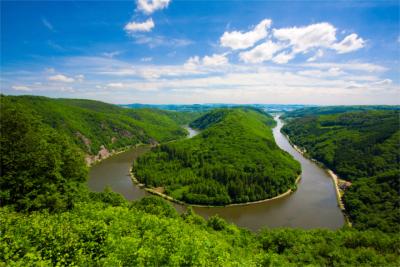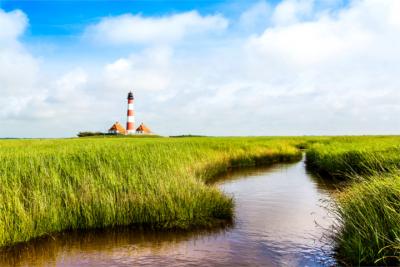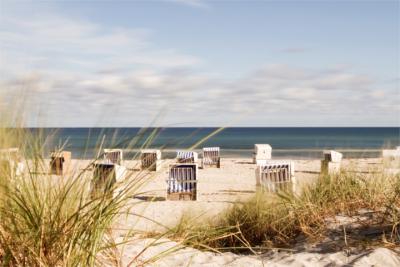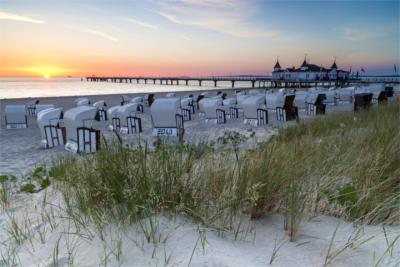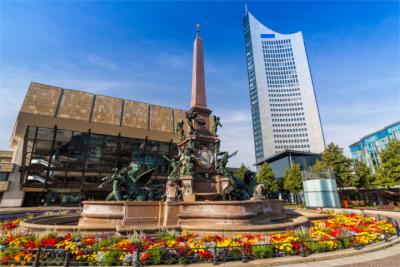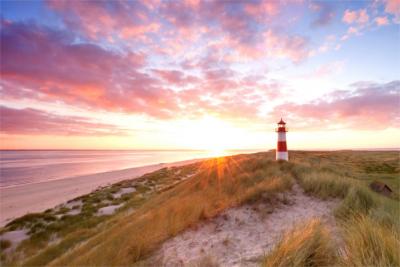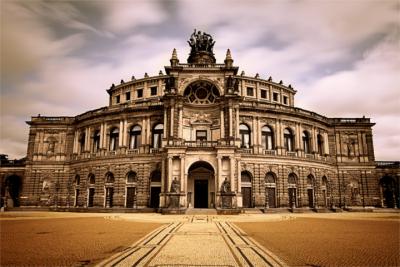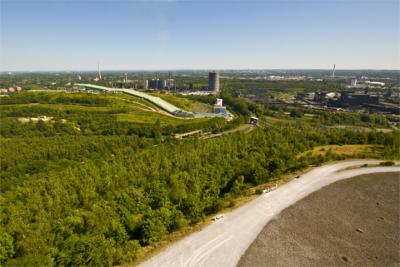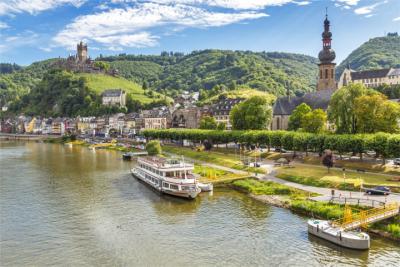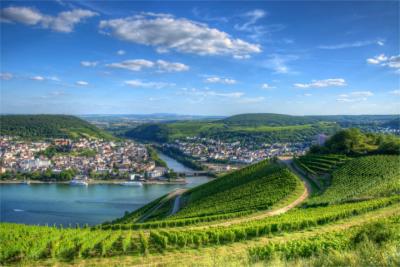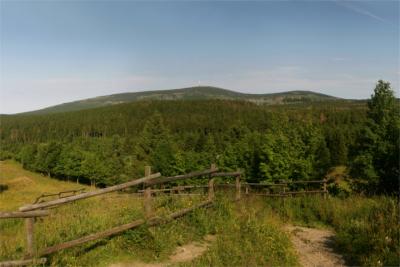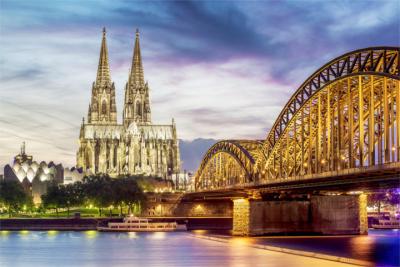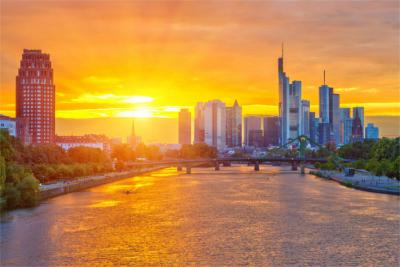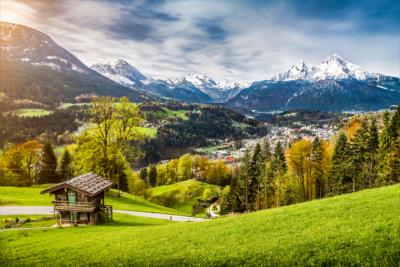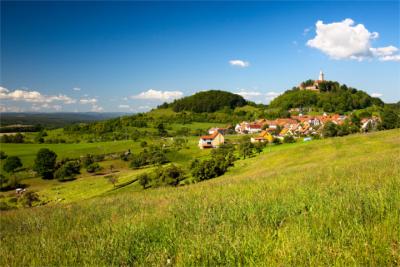Travel Offers
Travelmyne Featureprint
Distance
Baden-Württemberg - Between Tradition and Progress
History and modernity meet in Baden-Württemberg. Marvel at the numerous historical buildings, range the Black Forest or the Odenwald and visit one of the many museums which make car and technology fans' hearts leap for joy.

Geography - From Mannheim to Stuttgart to Konstanz
The state of Baden-Württemberg lies in the south-west of Germany and borders on the countries of France and Switzerland as well as on the states of Bavaria, Hesse and Rhineland-Palatinate. With an area of 35,752 km² and a population of about 10.75 million people, it is the third largest and most populous German state. Important cities are the capital of Stuttgart as well as Heidelberg, Freiburg, Konstanz, Tübingen, Heilbronn, Karlsruhe, Baden-Baden and Mannheim. Regarding climate, Baden-Württemberg lies in the transition zone between the continental climate in the east and the oceanic climate in the west. Due to the high west winds, the oceanic climate prevails, which has a positive effect on the temperatures. This makes Baden-Württemberg one of the warmest regions in the whole of Germany.

Nature - Covered in wine-growing regions and forests
The varied landscapes are one of the reasons why Baden-Württemberg is among the most popular holiday destinations in Germany. Almost half of the region is covered in forests, of which the Black Forest, the Swabian Forest and the Odenwald are the best-known ones. The Black Forest is the largest low mountain range in the whole of Germany and its highest peak is the Feldberg with a height of 1,493 metres, which is also the highest mountain of all German low mountain ranges. The Swabian Forest lies in the well-known geographical region of the Swabian Jura (or the "Swabian Alps"), which extends towards Bavaria in the south-east. An internationally popular body of water is Lake Constance, which is the third largest lake in Central Europe with an area of 536 km². It accommodates Mainau Island, which is also called the "flower island" because of its impressive tropical and subtropical vegetation. Another highlight is the Badische Weinstraße (a wine route), which is 160 kilometres long and crosses the state's most significant wine-growing regions such as the Kaiserstuhl ("emperor's chair"), the Ortenau, Breisgau and the Markgräflerland. Important rivers in Baden-Württemberg are the Danube, the Neckar and the Main.

Culture - World Cultural Heritage sites and impressive castles
Baden-Württemberg was formed in 1952 by merging the former states of Baden, Württemberg-Baden and Württemberg-Hohenzollern. The state has developed into an important business and research location, which constitutes a unique mix of tradition and progress together with the many historical buildings. In addition, the region has a high quality of living, which is due to the lively art and cultural life and the breathtaking landscapes. Popular tourist destinations are the Hohenzollern Castle, Sigmaringen Castle, Schwetzingen Palace, Lichtenstein Castle, Heidelberg Castle, Karlsruhe Palace and Ludwigsburg Palace. Mainau Island does not only impress with a fascinating vegetation but also with St. Mary's Church, which was built in the 18th century, and the adjacent baroque castle, which is still inhabited by the Bernadotte family. The Monastic island of Reichenau on Lake Constance is equally popular. It accommodates the Benedictine Abbey of Reichenau, which is part of the UNESCO World Cultural Heritage. Other Heritage sites are Maulbronn Monastery, the numerous prehistoric stilt houses around the Alps and the Limes Germanicus ("Germanic frontier"), which is only partly located in Baden-Württemberg. Worthwhile modern attractions are the Mercedes-Benz Museum, the Sinsheim Auto & Technik Museum (a technology museum), the Porsche Museum, the Zeppelin Museum Friedrichshafen, the Kunstmuseum Stuttgart (an art museum), the Black Forest Open Air Museum and the Staatliche Kunsthalle Karlsruhe (State Art Gallery).

Experience - Spas, wine and leisure parks
Baden-Württemberg is mainly known for its many spa resorts and baths, which makes the region the perfect travel destination for recreational holidays. Families are drawn to the Europa-Park near Rust, the greatest leisure park in Germany, to the Erlebnispark Tripsdrill or the indoor leisure park Sensapolis. The cities have a vibrant nightlife, a wide range of shopping facilities as well as various art and cultural events. The state in the south-west of Germany also has a lot to offer when it comes to food. Local specialities are spaetzle (a kind of noodle), Maultaschen (stuffed pasta), Schupfnudeln (a kind of thick noodle) and pretzels. Furthermore, travellers should not forget to taste the region's many wines.

Activities - Relaxed sightseeing or action
Holidaymakers can go along the Burgenstraße, one of the most popular scenic routes in Germany, which is lined with numerous impressive castles. Another popular travel route is the Straße der Staufer, which is about 300 kilometres long and contains a great number of cultural, architectural and historical sites. These two routes can be explored by car, on foot, by bike or by motorcycle. The state generally offers many possibilities to active holidaymakers such as camping, water sports, whitewater rafting, fishing, aviation, climbing, winter sports, golfing and horseback riding. If you are looking for a rush of adrenaline, you can go skydiving, paragliding and canyoning or play paintball or laser tag.
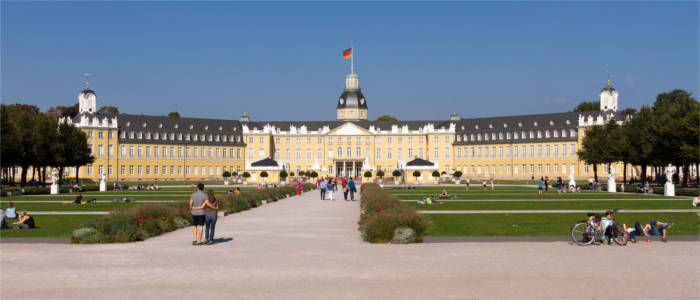
Information
With Heidelberg University, the University of Konstanz and the University of Tübingen, three of Germany's eleven elite universities are located in Baden-Württemberg. This makes the state an excellent destination for educational trips. You can arrive by car, bus, train or plane. Baden-Württemberg has three airports: Stuttgart, Friedrichshafen and Karlsruhe/Baden-Baden.
Whether you love nature, enjoy being active, are interested in culture or want to taste culinary delicacies, Baden-Württemberg makes all dreams come true.

